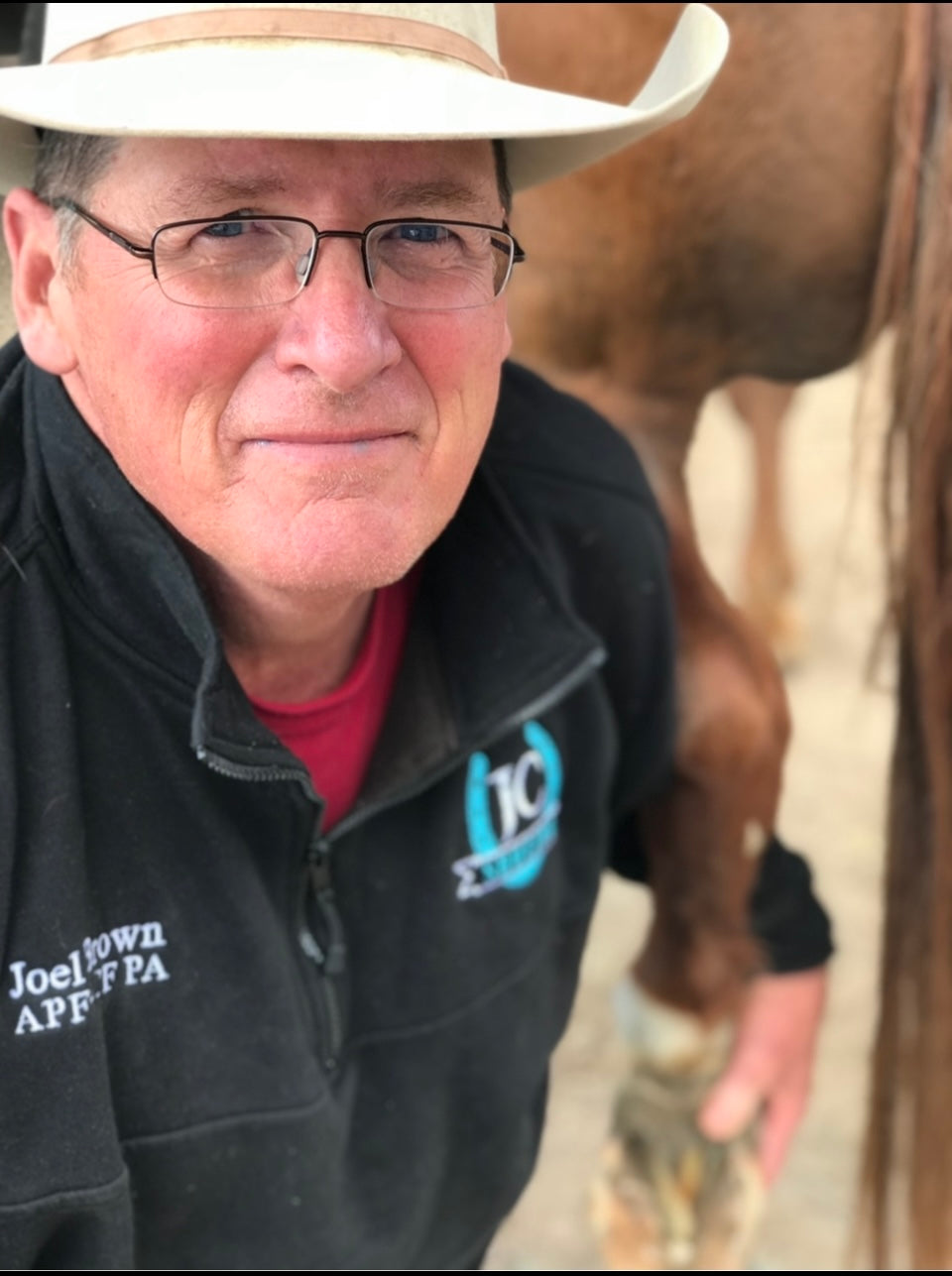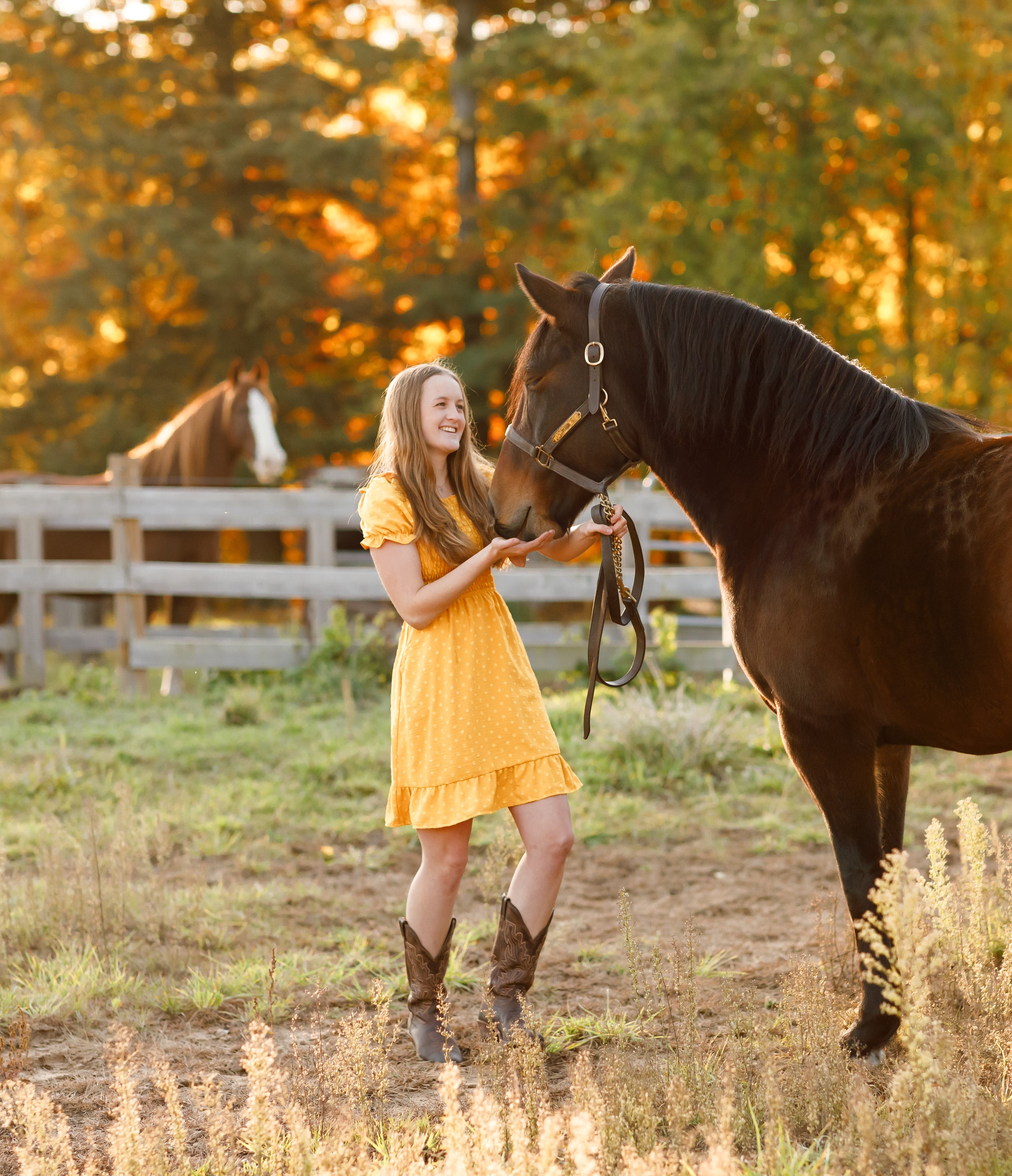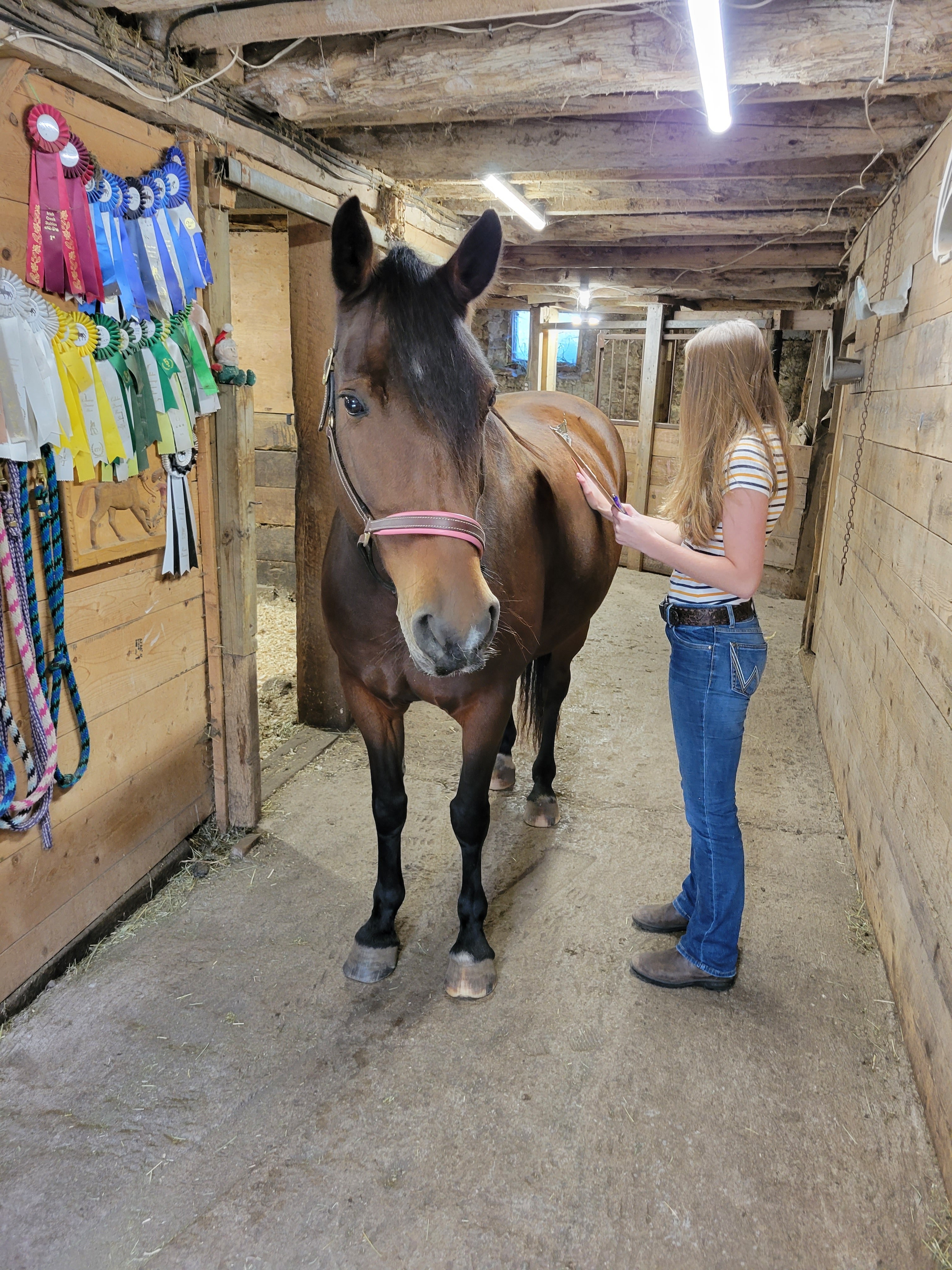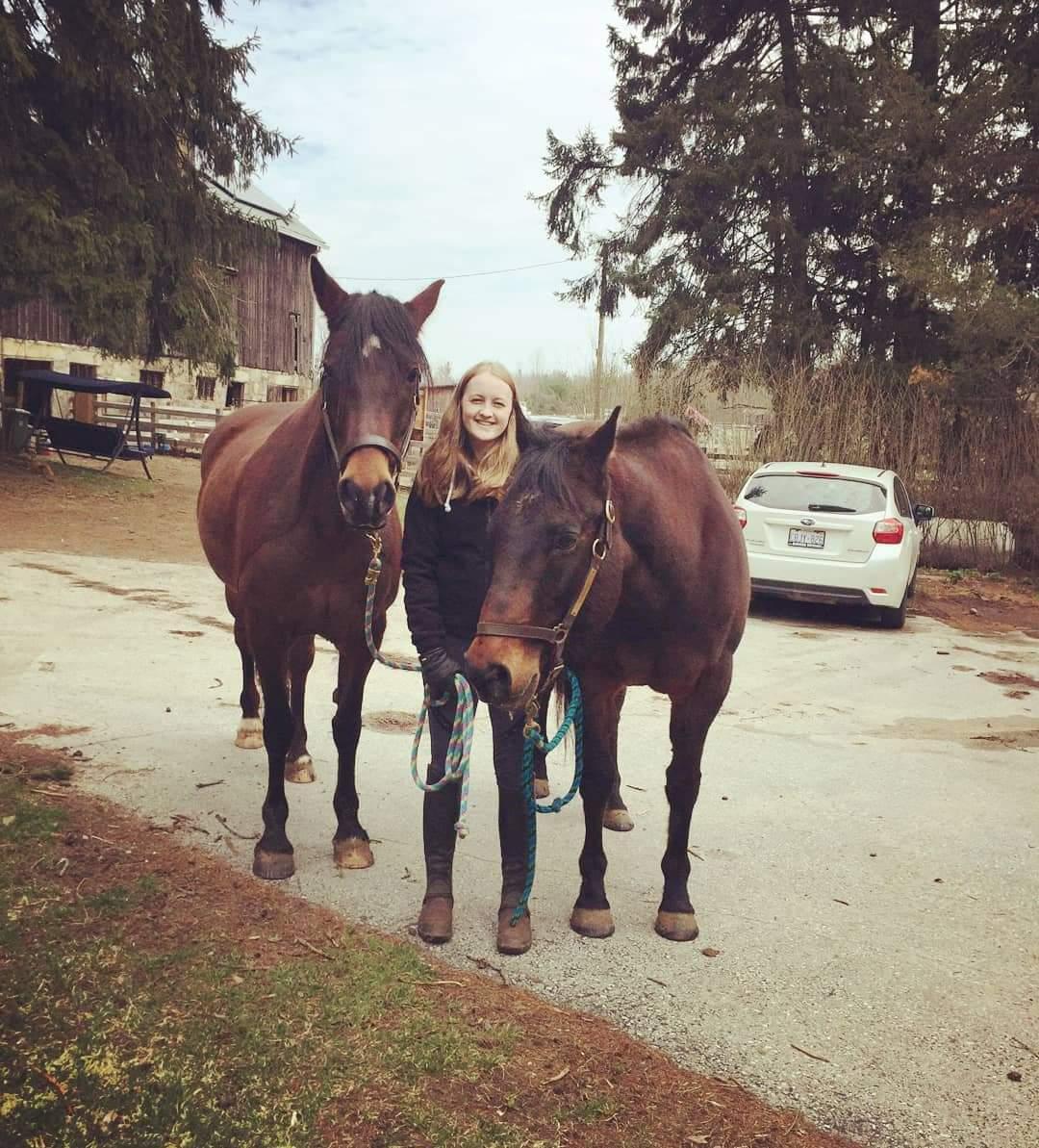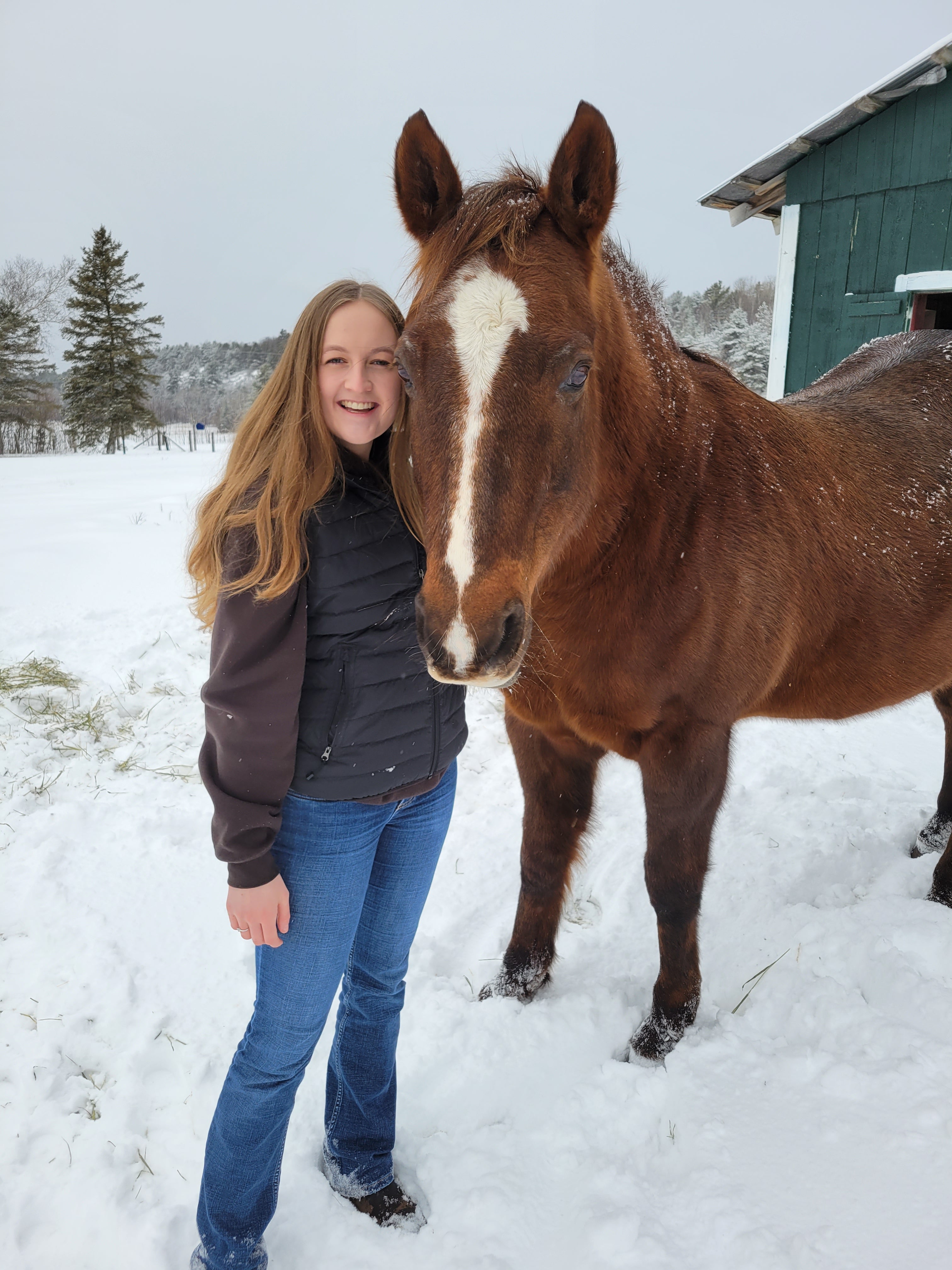
Hoof Supplements
By: Madeline Boast, MSc. Equine Nutrition
If you have been following along with the equine nutrition blogs, you likely now have a thorough understanding of the key nutrients that impact hoof health. The hoof is a complex structure, and crucial to equine well-being. It is not uncommon to hear the phrase “no hoof, no horse” from a variety of equine professionals. Therefore, we want to ensure we are doing everything we can to support it.
When hoof quality issues arise, it is a welfare concern for horses. In addition to the negative impact it has on your horse’s welfare, it can also be a significant time and financial commitment to combat the issues once they have occurred. For example, if your horse has poor hoof quality that is leading to severe cracks you may end up with more frequent farrier visits, your farrier may alter what they put on your horse, and you may lose riding days due to lameness– the list of negatives is extensive.
Prevention & Common Practices
Prevention is key – and many horse owners will turn to dietary supplements. As a practising equine nutritionist in North America, what I most frequently encounter when horses have hoof issues attributed to a nutritional deficiency is:
- The horse consuming a commercial feed that is being fed below the recommended level.
- The horse eating a hay-only diet without adequate vitamin and mineral supplementation.
- The horse is on a hoof supplement, but no other source of additional vitamins and minerals.
All of these issues can be addressed by having your ration balanced by a qualified equine nutritionist. As discussed in the previous blog articles, amino acids, many minerals such as zinc and copper, and vitamins such as biotin play an important role in supporting optimized hoof health. In fact, research has documented that the nutrients biotin, copper, zinc and manganese have demonstrated improvement in hoof horn quality and growth rates when added to the diet. This therefore increases the production rate of healthier hoof walls. The supplement that is discussed in the 2022 study cited below included biotin, copper, zinc, manganese, and omega-3 fatty acids.
When we evaluate these various nutrients, the NRC Nutrient Requirements of Horses (2007), states baseline requirements for them, however, other than with biotin, it is unknown if supplementing above and beyond those baseline recommendations will improve hoof health parameters. Of course, it has been well documented that a deficiency in any of these nutrients negatively impacts the hoof quality.
Supplement Types & The Research
For hoof health supplements, I generally divide them into two broad categories, there are supplements that will provide specific nutrients, e.g., supplementing just biotin or just zinc and copper. Or those that will have most of the nutrients that are integral to hoof health. One of the most popular hoof supplements I see fed in Ontario has various amino acids, copper, zinc, biotin, and omega-3 fatty acids.
My recommendation if you are concerned about your horse’s hoof health and have considered adding a supplement is to first ensure that their basic nutritional requirements are met. The gold standard is to consult a qualified nutritionist and have your hay tested, but if this is not practical, start by ensuring that your commercial feed or ration balancer is being fed at the manufacturer’s recommended rate. If your horse is maintaining weight but they are being fed below the recommended amount, it is advised to switch feeds or consult a nutritionist in combining a ration balancer with that feed.
Once the ration is adequately meeting the minimum nutrient requirements for the horse, evaluate if their hoof health improves over the following months. If there is no improvement, then you can try adding a supplement.
Choosing a Supplement
As previously mentioned, there are two main types. Supplementing biotin to the recommended therapeutic level has been researched and positive results have been documented. Therefore, adding a straight biotin supplement can be a great option.
It is highly recommended to work with a nutritionist when offering specific mineral supplements such as zinc and copper as mineral ratios are crucial, not just amounts. However, there are aspects that can make some hoof supplements more desirable than others.
It is important to closely examine the ingredient list on supplements. If you are supplying trace minerals, it is advised to supply organic forms as they have greater bioavailability. In addition to the source of minerals, it is also great to see specific amino acids listed in the guaranteed analysis instead of just “crude protein”.
When we look at organic vs. inorganic minerals, it is quite different than the definition of organic in terms of bananas for example. No, these minerals aren’t grown on an organic farm, when the term organic is used for minerals, it means that there is a carbon-containing molecule in their structure. This can take a few different forms; the mineral may be bound to an amino acid, a polysaccharide, a protein etc. Some examples of organic minerals are cobalt choline citrate, zinc proteinate, selenized yeast, ferric choline citrate, copper polysaccharide complex – the list goes on. Some keywords to look for in the ingredient list are proteinate, polysaccharide complex, amino acid complex, yeast, and chelated are a couple of examples.
To conclude, there is truly so much that we do not know when it comes to optimally supplementing our horses to promote hoof health. However, following the process detailed in this article can set you up for success by first ensuring your horse’s basic nutritional requirements are met, then adding a quality hoof supplement with biotin and additional organic minerals. If you need assistance choosing a supplement for your horse or evaluating their ration please don’t hesitate to reach out at balancedbaynutrition@gmail.com.
Written by: Madeline Boast, MSc. Equine Nutrition

About the author: Madeline Boast completed her master’s in Equine Nutrition at the University of Guelph and started an independent nutrition company known as Balanced Bay. She has worked with a variety of equids – from miniature ponies to competing thoroughbreds. Through Balanced Bay she designs customized balanced nutrition plans that prioritize equine well-being. This includes diets for optimal performance as well as solving complex nutritional issues and everything in between. For additional information see www.balancedbay.ca
References:
Josseck, H., Zenker, W., & Geyer, H. (1995). Hoof horn abnormalities in Lipizzaner horses and the effect of dietary biotin on macroscopic aspects of hoof horn quality. Equine Veterinary Journal, 27(3), 175-182.
Ley, W. B., Pleasant, R. S., & Dunnington, E. A. (1998). Effects of season and diet on tensile strength and mineral content of the equine hoof wall. Equine Veterinary Journal, 30(S26), 46-50.
Lisgara, Μ., Skampardonis, V., & Leontides, L. (2016). Effect of diet supplementation with chelated zinc, copper and manganese on hoof lesions of loose housed sows. Porcine health management, 2, 1-9.
Marshall, F. (2021). The Effect of a Supplement Containing Amino Acids and Fatty Acids on Hoof Growth in Horses (Doctoral dissertation, Middle Tennessee State University).
Montgomery, J. B., Wichtel, J. J., Wichtel, M. G., McNiven, M. A., McClure, J. T., Markham, F., & Horohov, D. W. (2012). The effects of selenium source on measures of selenium status of mares and selenium status and immune function of their foals. Journal of Equine Veterinary Science, 32(6), 352-359.
Naile, T. L., Cooper, S. R., Freeman, D. W., & Krehbiel, C. R. (2005). Effects of Mineral Source on Growth and Balance in Yearling Horses1. The Professional Animal Scientist, 21(2), 121-127.
Suagee-Bedore, J. K., Hebrock, S., Sundin, O., Lengi, A. J., Corl, B. A., & Worth, M. (2022). Thirty-Two Weeks of Oral Supplementation with LinPro™ Increases Hoof Growth in Healthy Mares. Journal of Equine Veterinary Science, 117, 104086.
Wagner, E. L., Potter, G. D., Eller, E. M., & Gibbs, P. G. (2005). Absorption and retention of trace minerals in adult horses. The Professional Animal Scientist, 21(3), 207-211.
